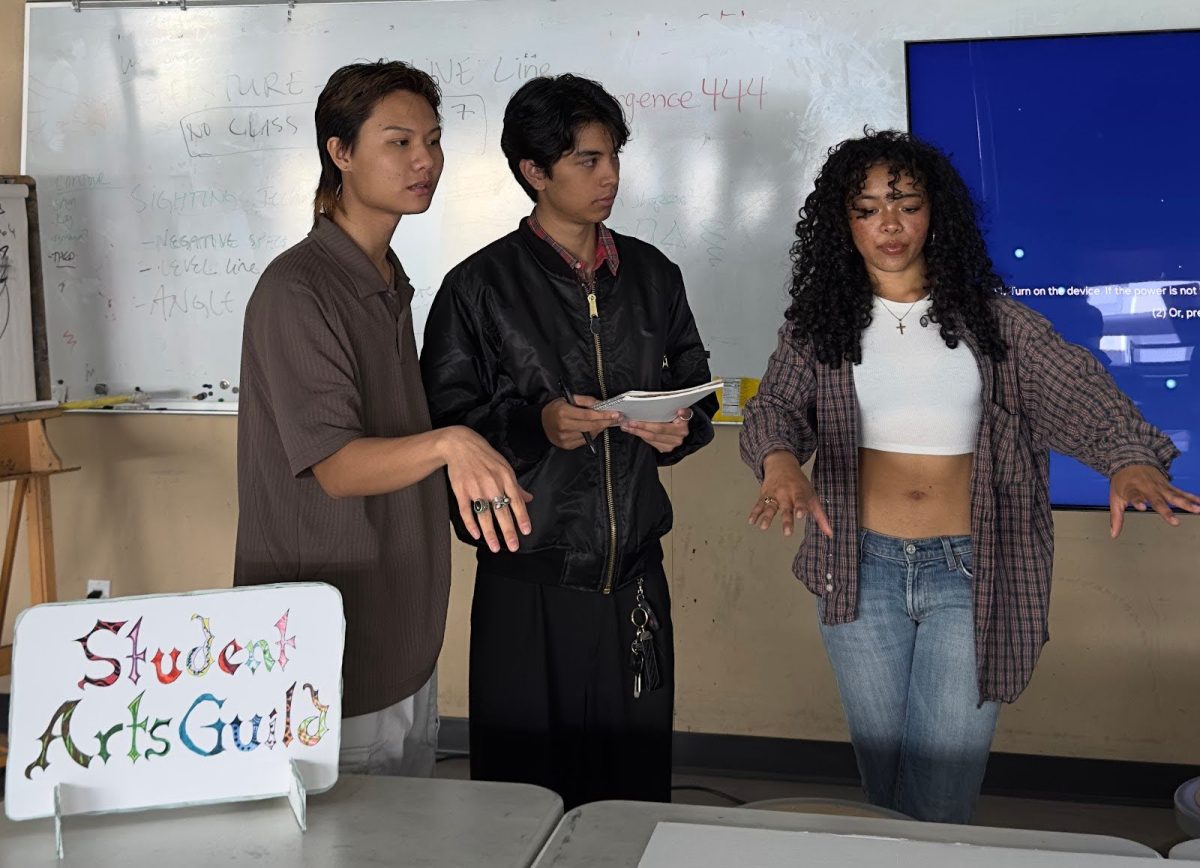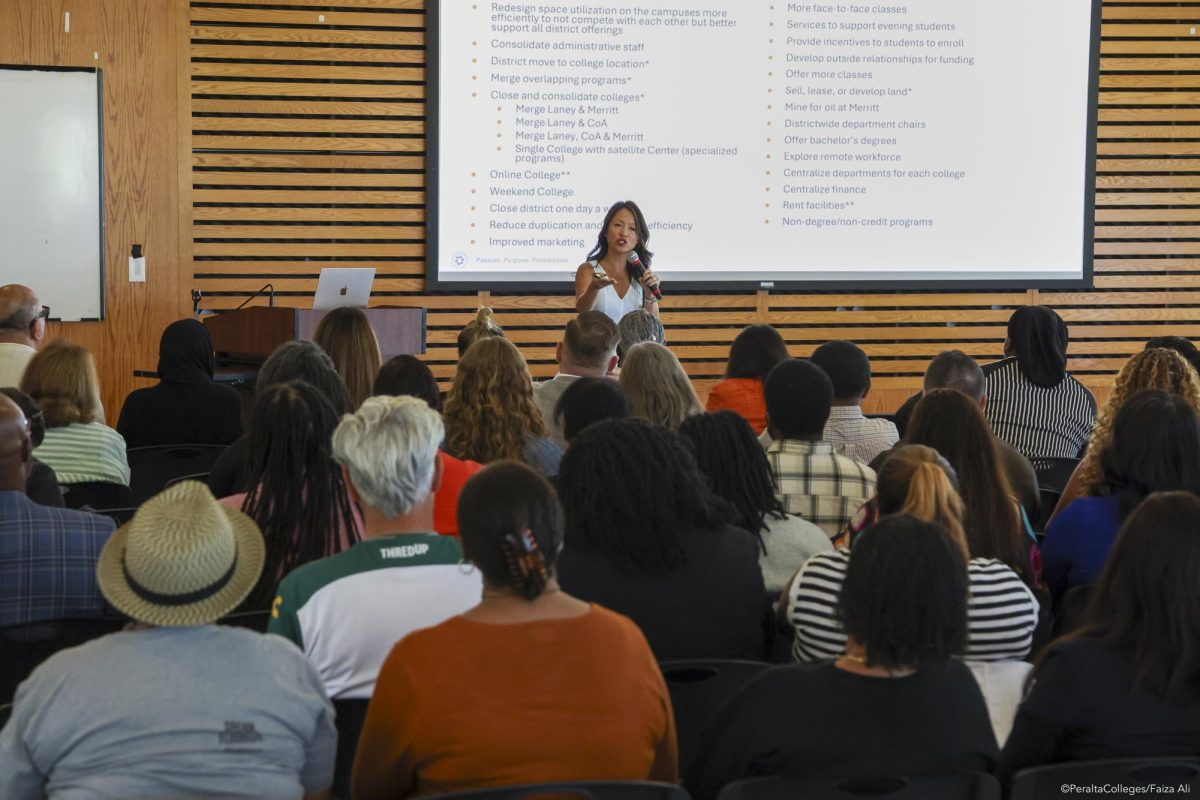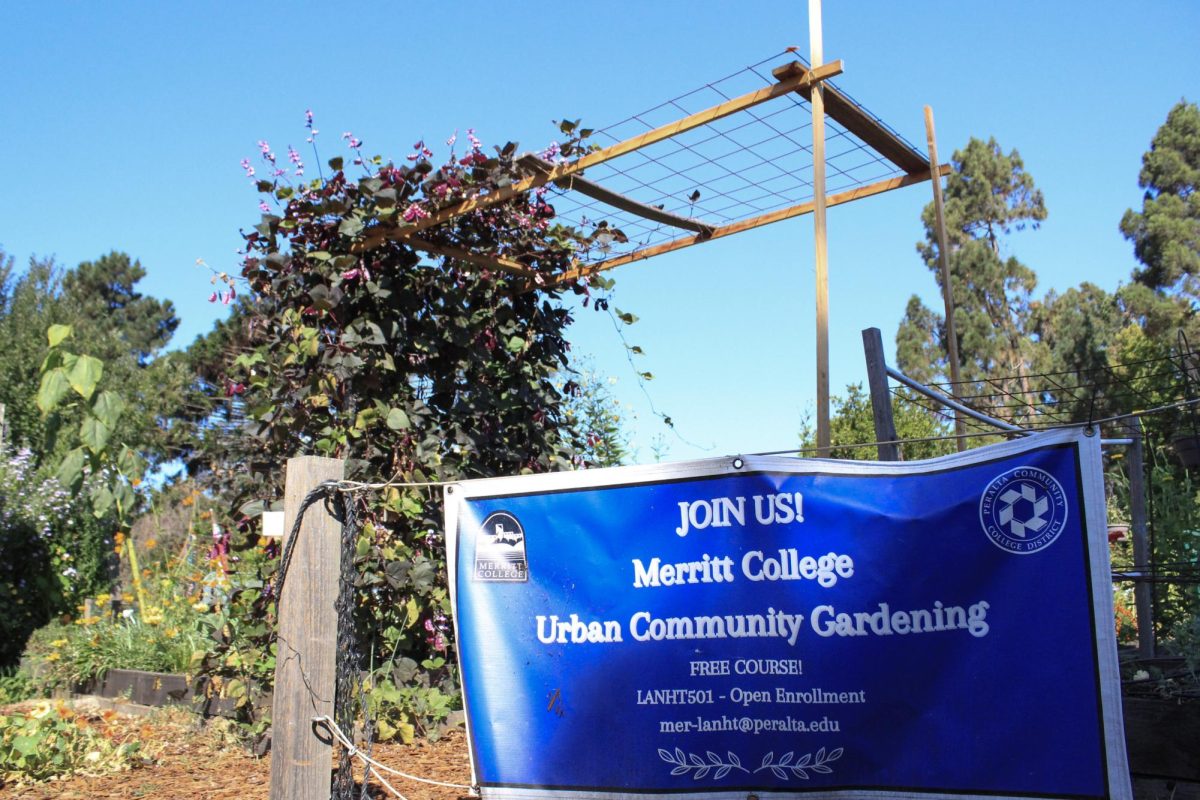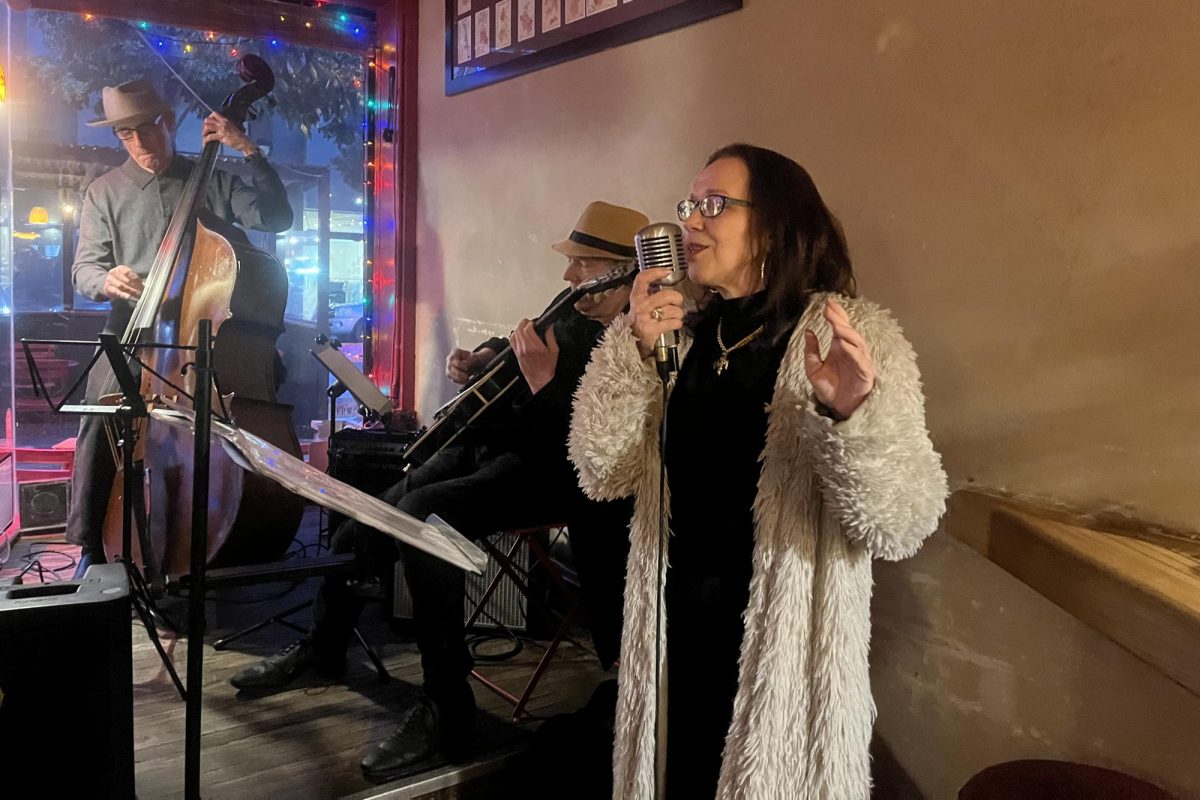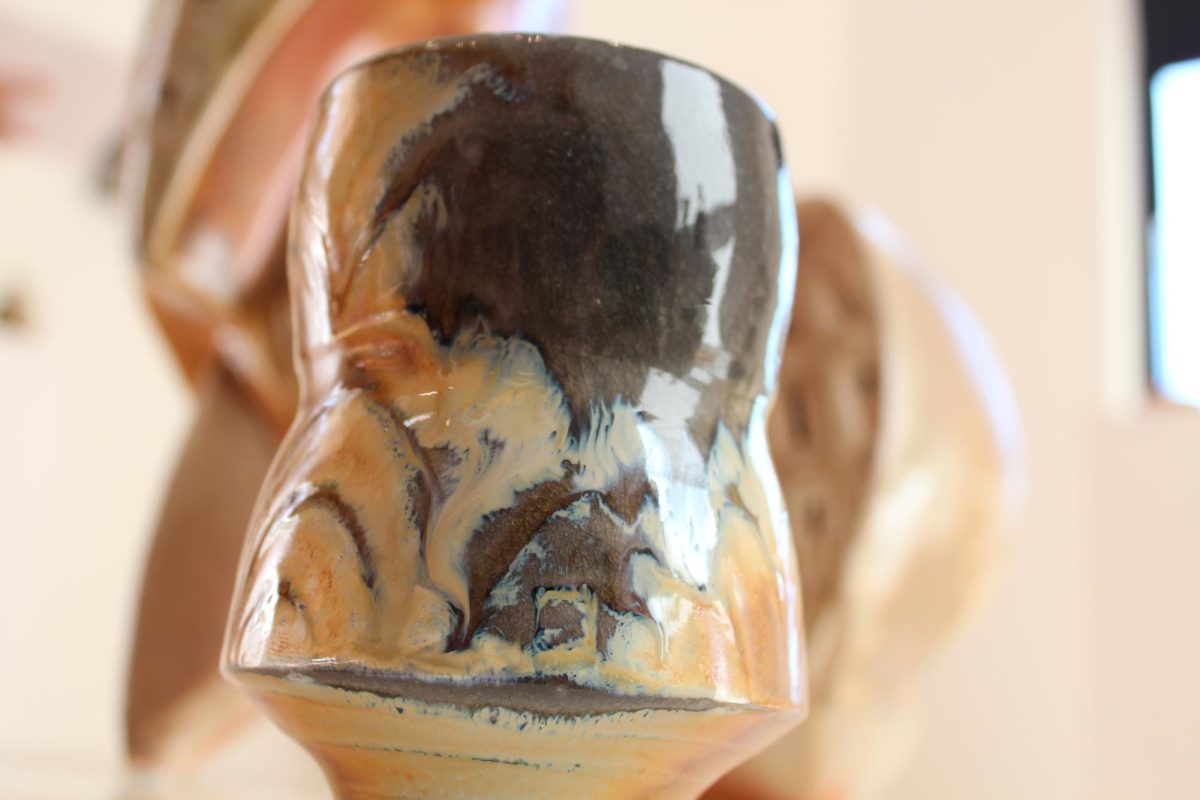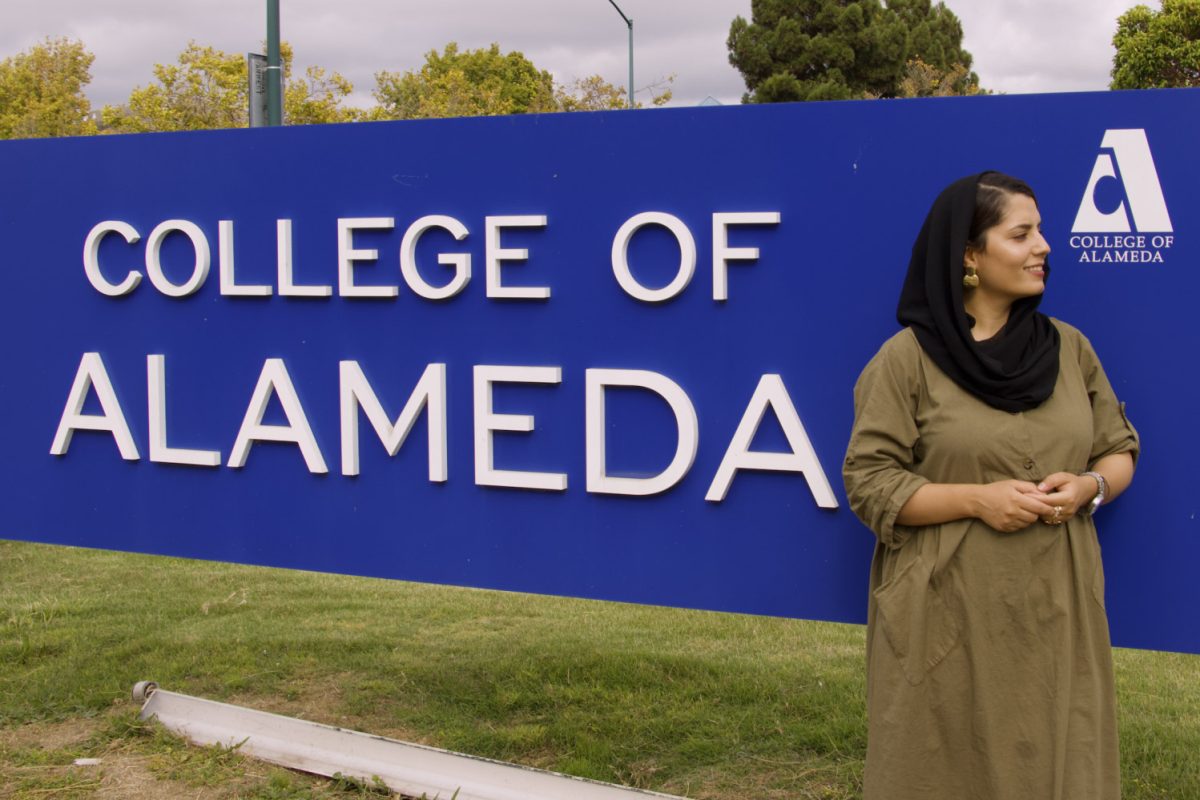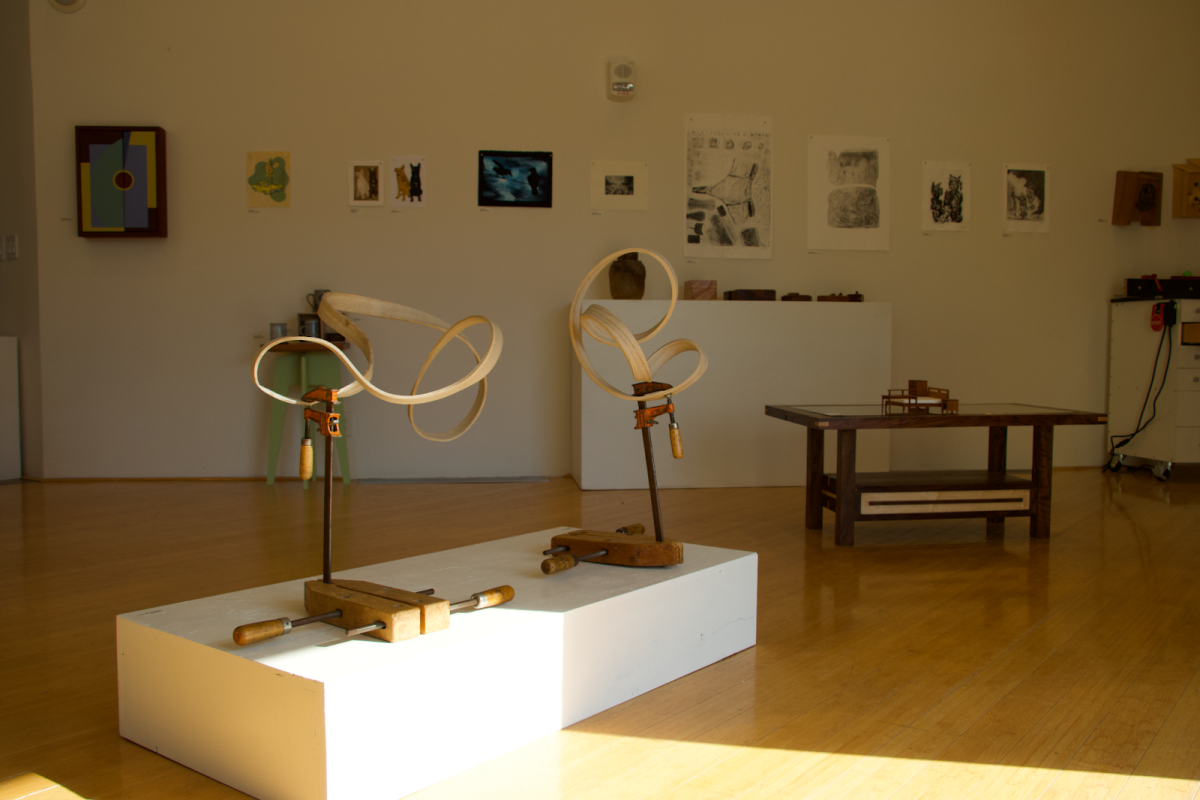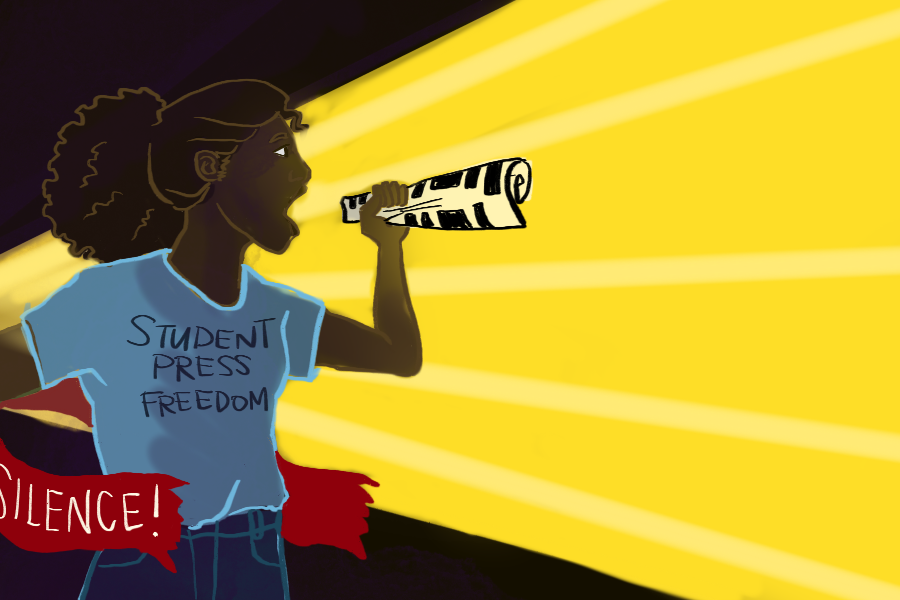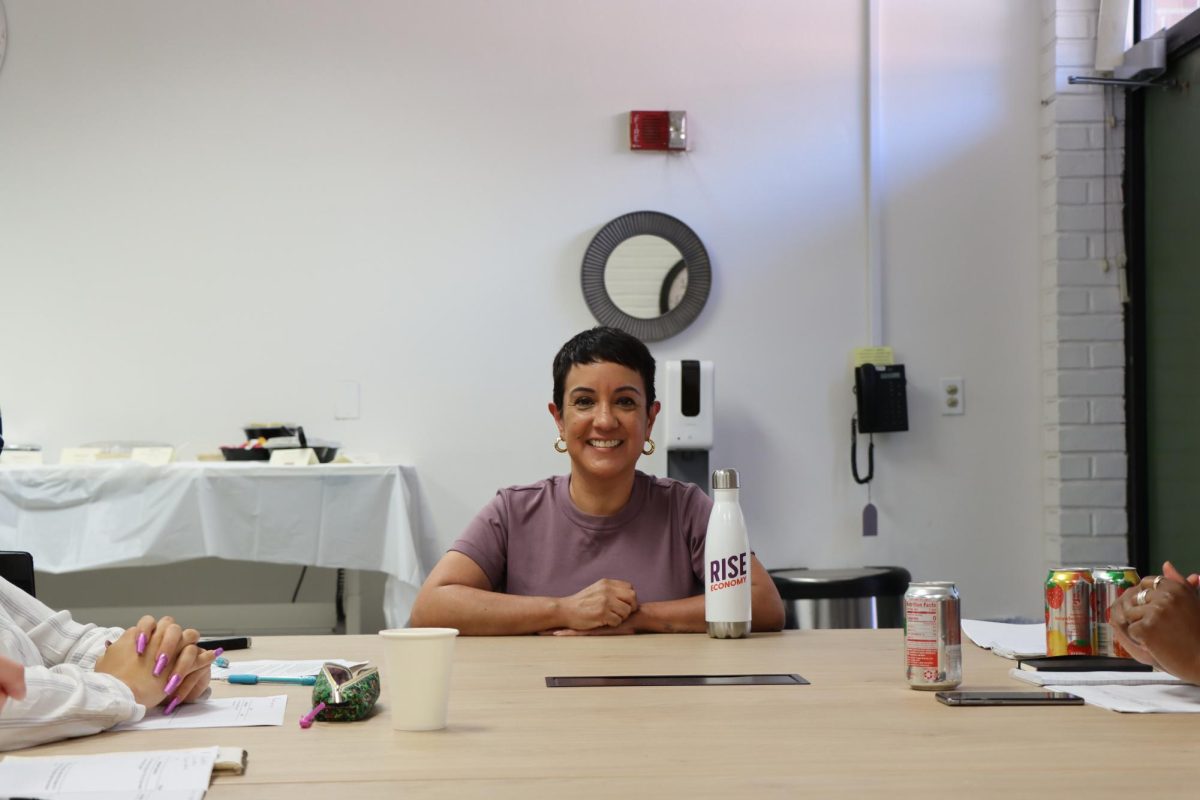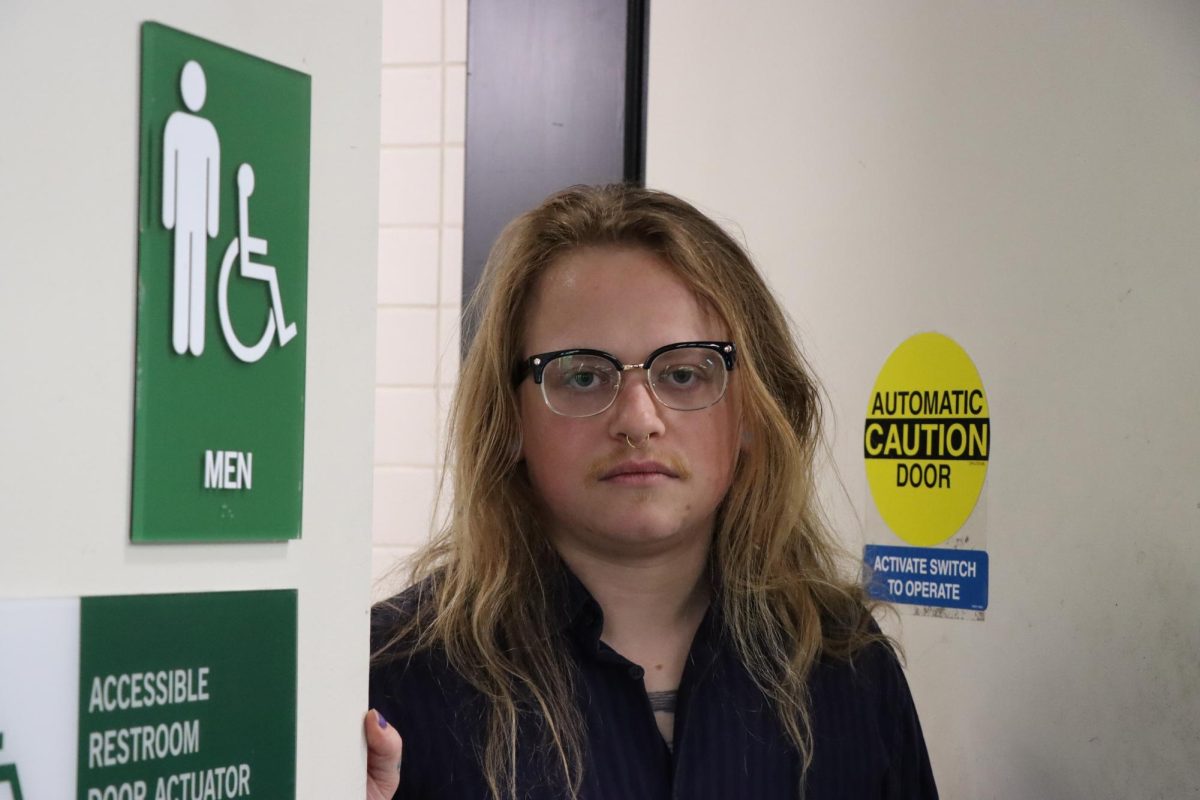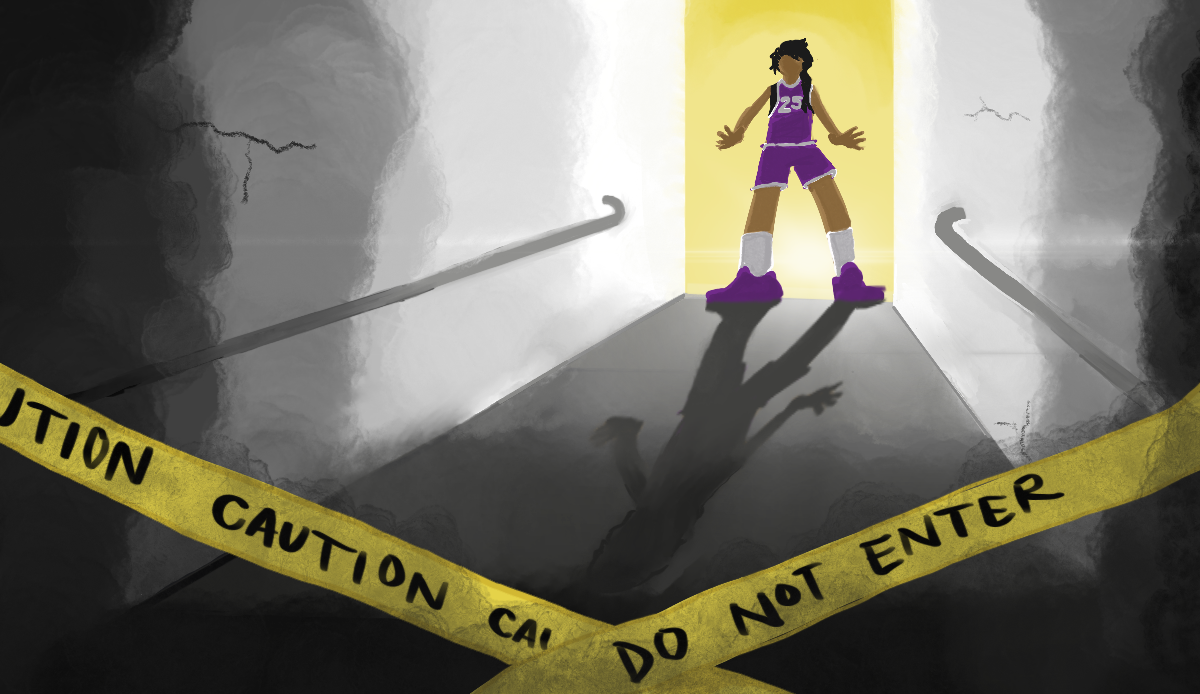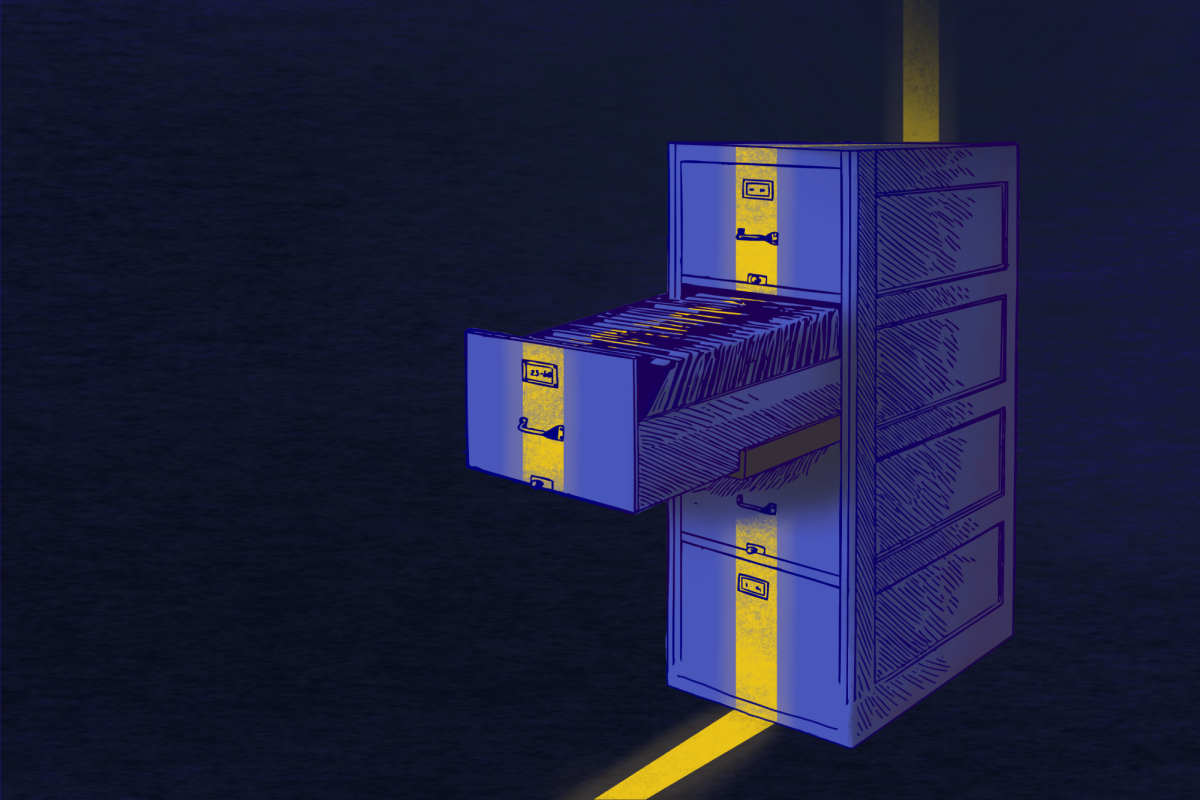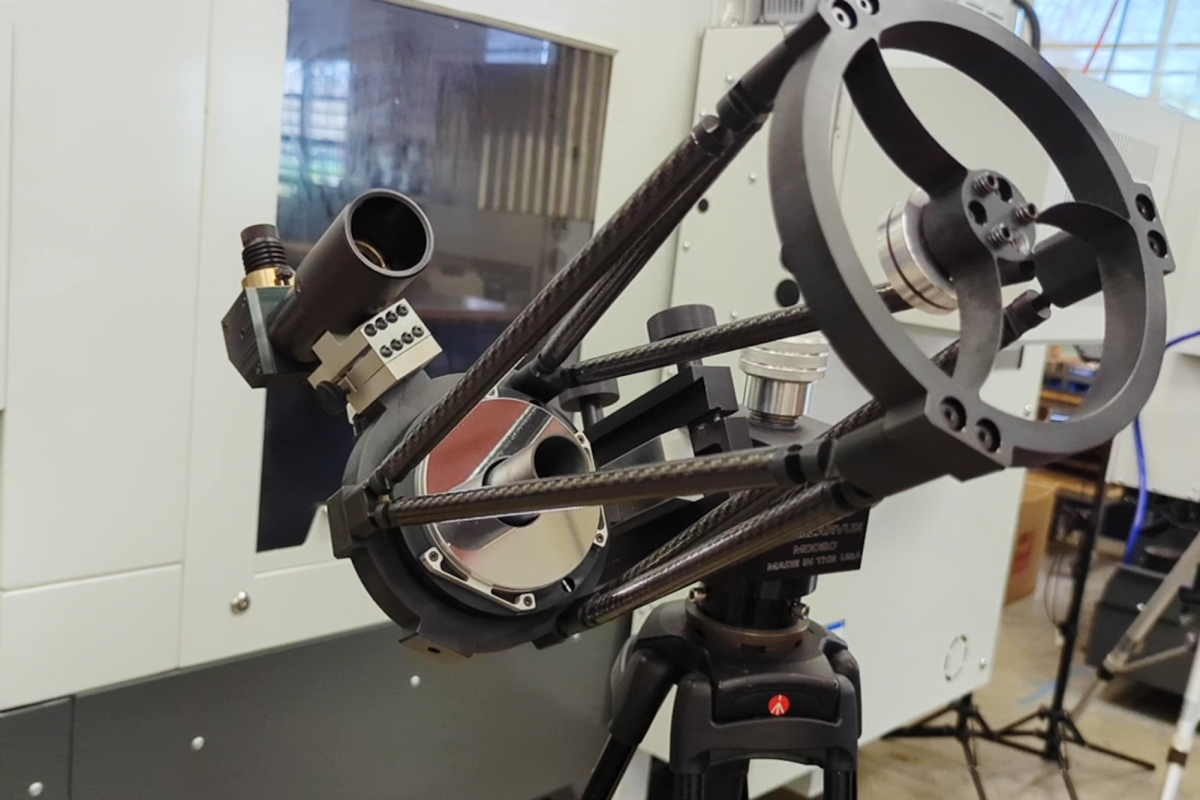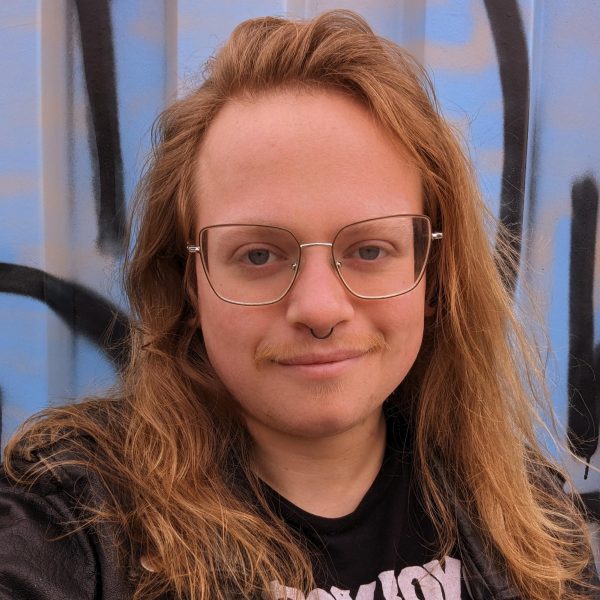The Laney Lunar Looker is a telescope prototype that Laney College machining students build from scratch as a part of their career training. The project teaches students how to create parts that meet exact specifications using ultra-precise tools. The Citizen’s co-editor in chief Desmond Meagley spoke to Adam Balogh, Laney’s Machine Technology department chair, to learn about how the telescope is built — as well as what opportunities his program provides for students who are seeking an education in a skilled trade.
DESMOND MEAGLEY: You are gazing at the current prototype of the Laney Lunar Looker. It’s a high-powered reflector telescope that was constructed by Laney College Machine Technology students. But this project is more than meets the eye: it represents a new horizon for the department’s curriculum.
ADAM BALOGH: My name is Adam Balogh. I am an instructor in, and chair of, the Machine Technology Department, which is where we’re sitting right now.
MEAGLEY: As Balogh’s students progress through the Machine Tech program, they learn how to use tools of all sizes, shapes and levels of precision.
BALOGH: [This is] literally a gem quality diamond that is sharpened to atomic sharpness.
MEAGLEY: Students sculpt materials like metal and carbon fiber to microscopic perfection, bringing their own high magnification telescope to life one component at a time.
BALOGH: The students who are coming into my introductory class, who make this telescope, they come in not knowing anything. They may not even know that these machines exist. They’re just trying to learn how to “cut metal.”
MEAGLEY: Graduates get to keep the finished product, which is perfect for showing off to potential employers.
BALOGH: In the first class, the introductory class, students make this telescope. This is the “finder scope.” This is a refractive telescope that uses lenses, and this is really just for finding whatever it is that you want to look at, so that you can switch over to the higher magnification. In the second class, we make this mirror diagonal that redirects light at 90 degrees and also holds the eyepiece. In the third class, we make this focuser. This is how we move the eyepiece in and out of the optical path, and that’s how we can focus on closer or more distant objects.
MEAGLEY: Several of the telescope’s parts are made from single pieces of material. This minimizes potential errors during fabrication. When you’re building a tool to capture light traveling all the way from space, any flaws — even as small as a virus — can cause big problems.
BALOGH: This part here, that’s called the spider, that has these three curved veins — That’s cut on a water jet cutter in the Fab Lab, all out of a single piece. In our Machining 214 class — that’s the micro-machining and ultra-precision machining class — we actually cut the mirrors. The typical way that you would make a mirror like this, is that you take a hunk of glass — grind it, polish it — and then you would have to evaporate a layer of aluminum onto the surface to make it reflective. With the technology that we’re employing, called diamond turning, we can directly cut the optical surface into some metal substrate, and it takes about two minutes.
MEAGLEY: But these resources don’t just fall out of the sky. Balogh’s vision for the department is fueled by strong industry partnerships.
BALOGH: About three years ago, we undertook a pretty massive modernization project. It included things like revamping our project, creating new curriculum, new instructional resources, even like an open educational resource textbook that I’ve been working on for the last year. But a lot of it was also just bringing in new technology. Probably around $2 million has ultimately come into this place in various forms. And I’m happy to say, most of it was not through grant funding. It was actually from industry donations.
MEAGLEY: Balogh is a Laney College graduate himself. He knows the power of an education in machine technology very well.
BALOGH: Our job placement rate is basically 100%. Anyone who is employable, and is seriously looking, is getting job offers — sometimes even after only one semester, or during their first semester. Getting students to stay long enough to complete their certificates and degrees is something of a challenge. This is not necessarily a bad thing, though, because it means that we are achieving our goals, right? Ultimately, what we care about is job placement.
MEAGLEY: With the first project telescopes nearing completion this semester, it’s safe to say that Laney College is helping aspiring machinists shoot for the stars — literally.
BALOGH: We also partnered up with NASA, so we’re making some parts that are real flight hardware that fly to the International Space Station. It’s these two doors that go on a CubeSat deployer, which I think is pretty cool. Students are making parts that actually fly to the ISS – they go underneath the astronauts chairs.
MEAGLEY: That’s so cool. You must be really proud.
BALOGH: I am proud of what our students have accomplished, and what we’re able to offer them, for sure.


